Table of Contents
ToggleFirst of all,
Many people are afraid of cockroaches because of their scuttling legs and bad reputation for invading homes and businesses. Although most people think of cockroaches as crawling over the ground, some species have the amazing ability to fly. We’ll go deeply into the world of flying cockroaches in this extensive book, covering their biology, habits, and the most effective ways to combat these aerial invaders.
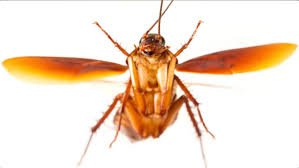

Introduction to Flying Cockroaches
Though the idea of a flying cockroach may sound like something from a scary movie, it’s an all too often occurrence for people who live in cockroach-infested neighborhoods. Cockroaches that are able to fly, or roaches with wings, are able to move through the air thanks to specially designed wings that are affixed to their bodies.
Although not all cockroach species can fly, a few common species—such as the American and Australian cockroaches—have acquired this ability in order to avoid predators, locate food, and attract potential mates. Comprehending the structure and conduct of aerial cockroaches is vital for efficient management and control of pests.
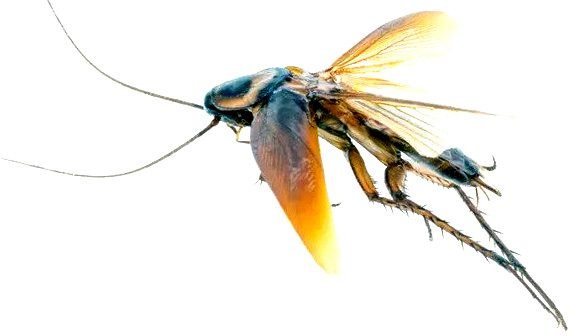
Anatomy of Flying Cockroaches
Examining the anatomy of cockroaches is crucial to comprehending how they take flight. Although the details may differ slightly between species, flying cockroaches typically have a similar body composition. Their wings are the main component of their flying ability.
In contrast to other flying insects like bees or butterflies, cockroaches don’t produce lift by rapidly flapping their wings. Rather, they make use of a technique called gliding flying. To do this, they must spread their wings and use air currents to move through the atmosphere.
Compared to non-flying species, flying cockroaches usually have longer and more developed wings. When not in use, these wings, which are joined to the thorax, the main portion of the cockroach’s body, can be neatly folded against the belly.
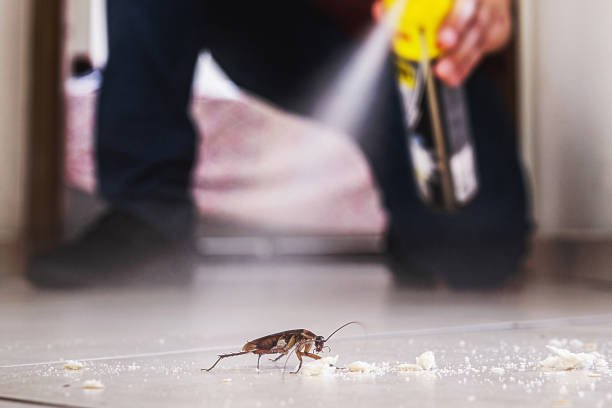
Flight Behavior of Cockroaches
Cockroaches are known for their chaotic and unpredictable flight behavior. Cockroaches may take flight when frightened or threatened in an effort to get away from harm. They frequently fly erratically, though, with abrupt changes in altitude and direction.
This unpredictable flight behavior may be a protective mechanism against predators, according to one notion. Cockroaches make it harder for predators to find and catch them by flying in a zigzag manner. Cockroaches can also reach places that would be unreachable to crawling insects due to their ability to fly, which facilitates their search for food and partners.
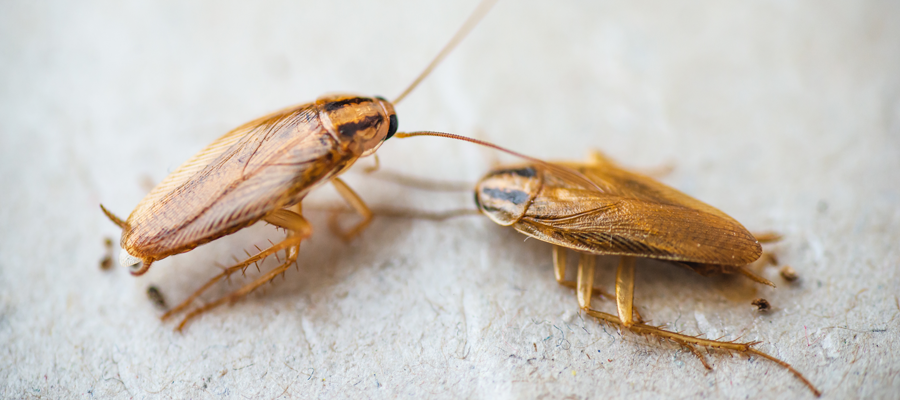
Environmental Factors Influencing Cockroach Flight
Cockroach flight behavior can be influenced by a variety of environmental conditions. Humidity and temperature are important factors, with warm, humid weather typically encouraging more flying activity. Additionally, cockroaches are more prone to take off in reaction to outside disturbances like unexpected movements or loud noises.
Furthermore, the presence of food and water sources can affect the flying patterns of cockroaches. Cockroaches may be more likely to fly in search of food when resources are limited. By being aware of these variables, pest control experts and homeowners can more accurately anticipate and handle cockroach outbreaks.
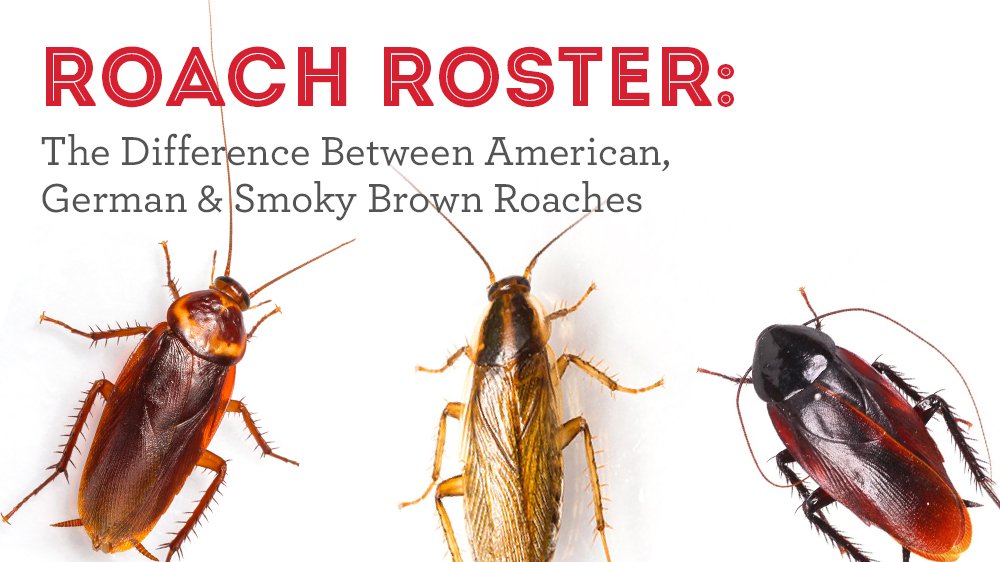
Identifying Flying Cockroach Species
Since not all cockroach species have the ability to fly, it’s critical to be able to distinguish between those that do. Among the most prevalent species of flying cockroaches are:
- American Cockroach (Periplaneta americana): This is one of the biggest species of cockroach, distinguished by its yellow markings on its head and reddish-brown coloring.
- Australian Cockroach (Periplaneta australasiae): Though smaller and usually brown in color, the Australian cockroach resembles the American cockroach in appearance
- The Oriental Cockroach (Blatta orientalis) is a species that mainly lives on the ground, but it can occasionally fly over short distances. It usually has a dark brown or black appearance and likes moist, dim settings.
Understanding these species and their unique traits will help you recognize and treat cockroach infestations in your house or place of business more effectively.
Dealing with Flying Cockroach Infestations
Both corporate and residential owners may have concerns about the existence of flying cockroaches. They can spread illness and contaminate food, which can be dangerous for your health in addition to being ugly and unhygienic. Thankfully, there are a few actions you may do to deal with infestations of flying cockroaches:
1.Find and Seal Entry Points: Look around your house or place of business carefully to find any possible openings where cockroaches could be getting in. Cockroaches can enter through gaps, cracks, and openings around windows, doors, and utility lines. Seal these areas to keep them out.
2.Minimize Food and Water Sources: Food scraps, spills, and standing water all draw cockroaches. To reduce the allure of your living or working area to cockroaches, keep it tidy and clear of food scraps. In order to remove sources of standing water, fix leaking faucets and pipelines.
3.Get Rid of Hiding Places: Because cockroaches are nocturnal insects, they prefer to hide during the day in isolated, dark areas. Get rid of clutter in your home or workspace, such as cardboard box stacks, newspapers, and unkempt storage spaces, as these might serve as cockroach hiding places.
4.Employ Insecticides and Baits for Cockroaches: These methods can be useful in managing cockroach populations, including those of flying cockroaches. In areas where cockroach activity has been noticed, install bait stations or use insecticide sprays, paying particular attention to cracks, crevices, and other hiding spots.
5.Speak with an Expert in Pest Control: Consider getting help from a pest control expert if you’re facing a serious cockroach infestation or are finding it difficult to manage flying cockroaches on your own. Their expertise, experience, and equipment enable them to successfully eradicate cockroach infestations and stop them from happening again.
Conclusion
Although they may appear like something from a nightmare, flying cockroaches are a common occurrence for many people who live in cockroach-prone locations. Homeowners and business owners can effectively manage and limit the presence of flying cockroaches by studying the biology, behavior, and environmental factors that influence these flying pests and by putting proactive pest control measures in place.
There are various methods for controlling flying cockroach infestations, including locating and closing entry sites, cutting back on food and water sources, and applying insecticides and baits. It is possible to keep cockroaches out of your home or place of business by acting quickly and efficiently to eradicate infestations of these unattractive and unhygienic pests. Recall that the best way to manage cockroaches is to prevent them from flying, so take the initiative to put preventive measures in place as soon as possible.




